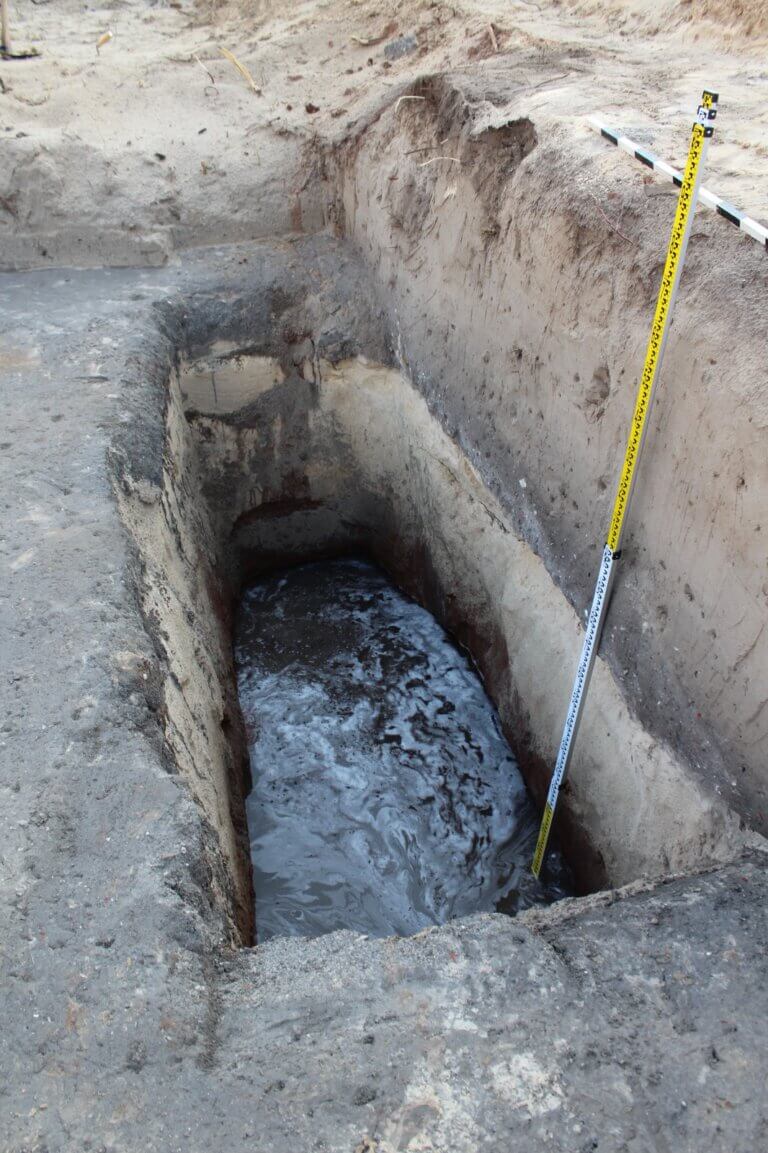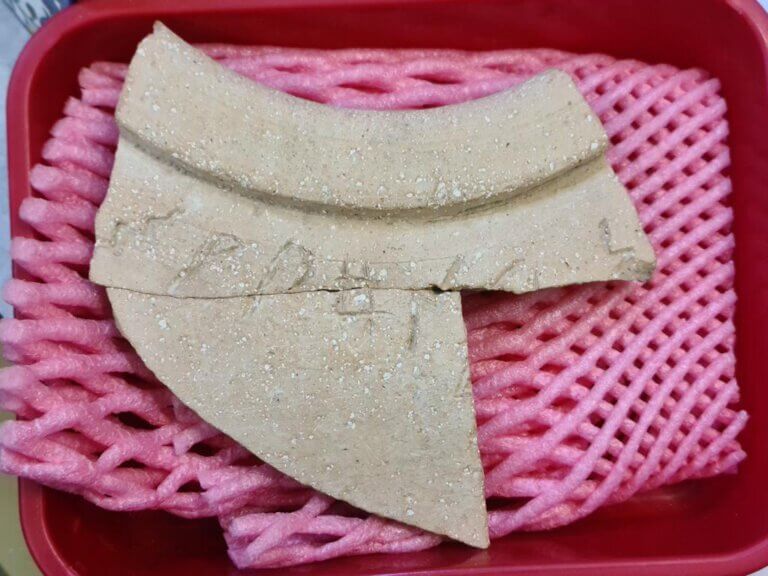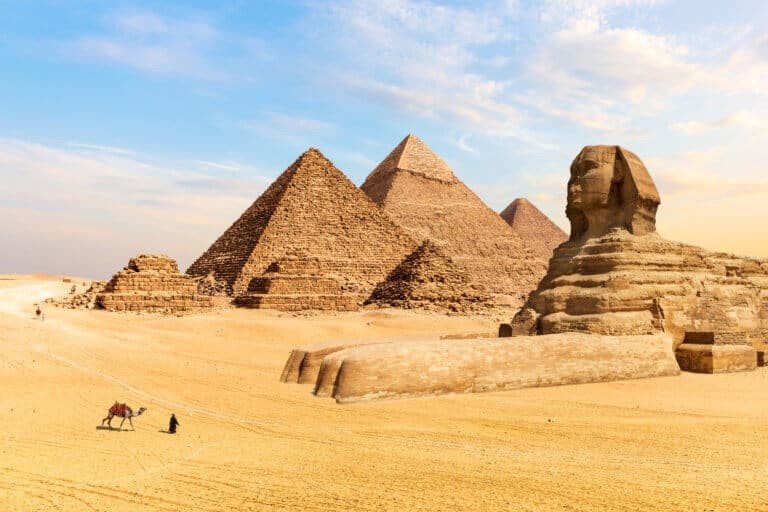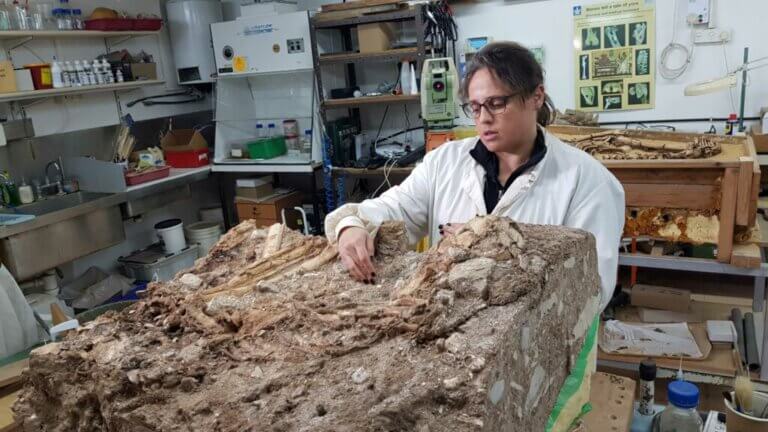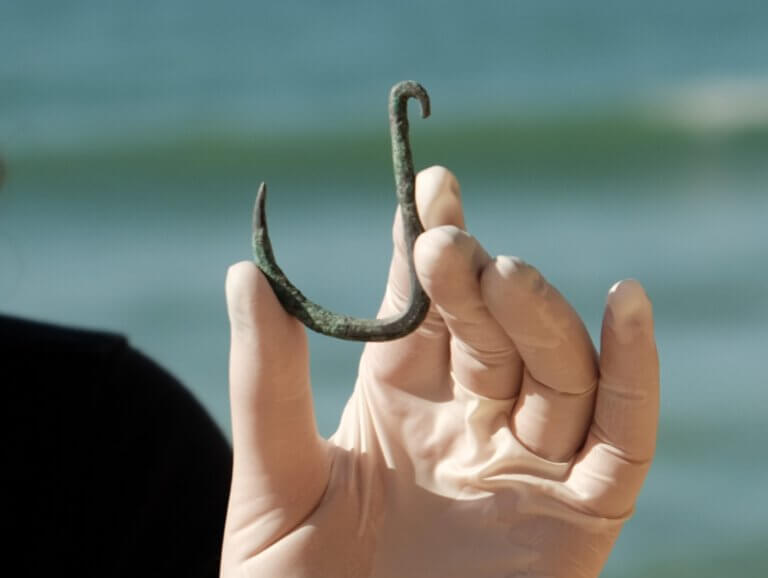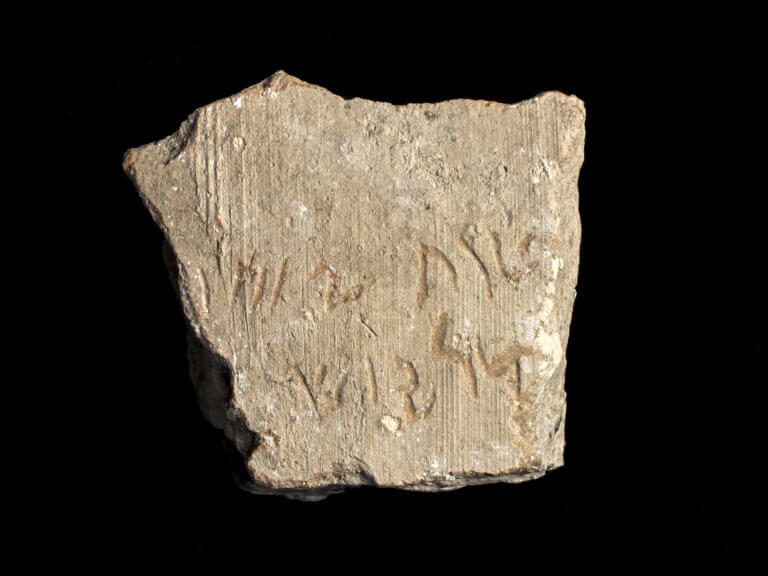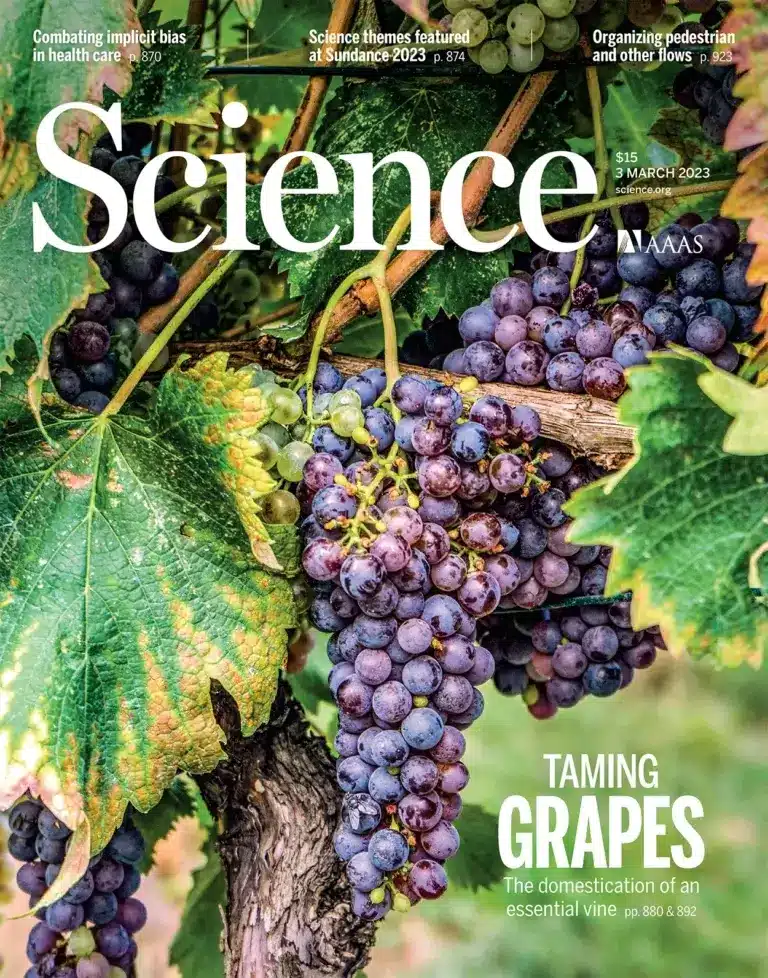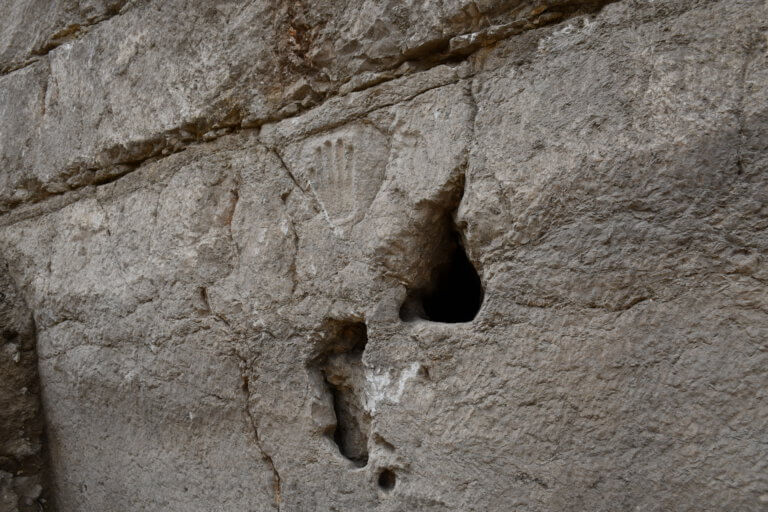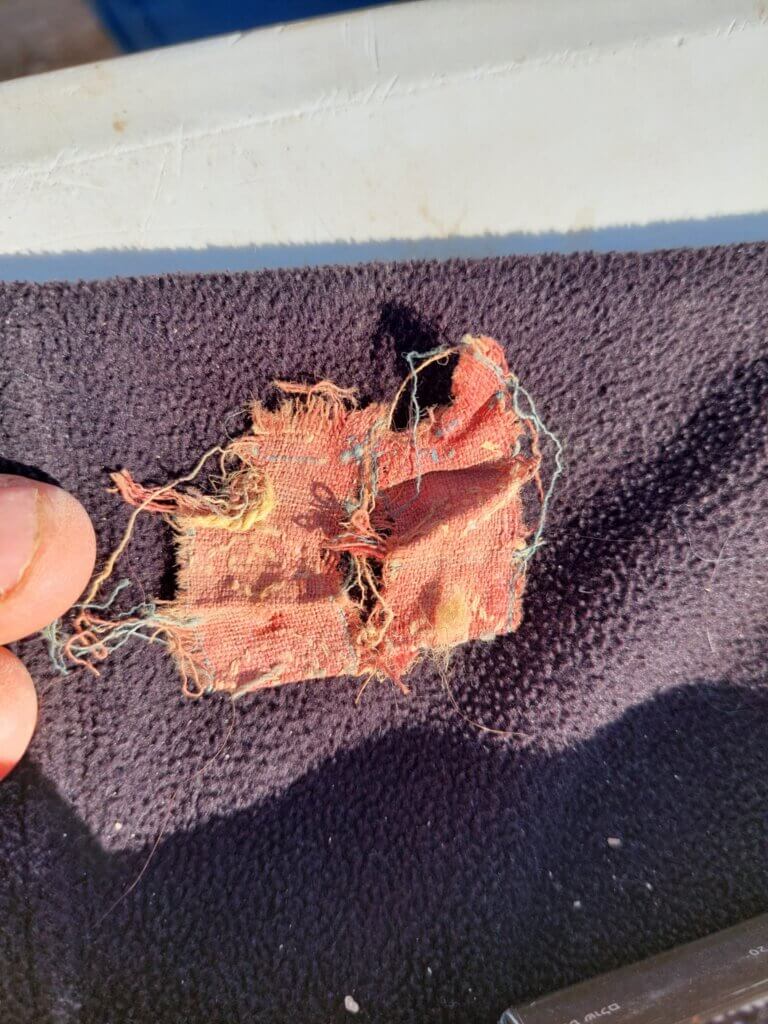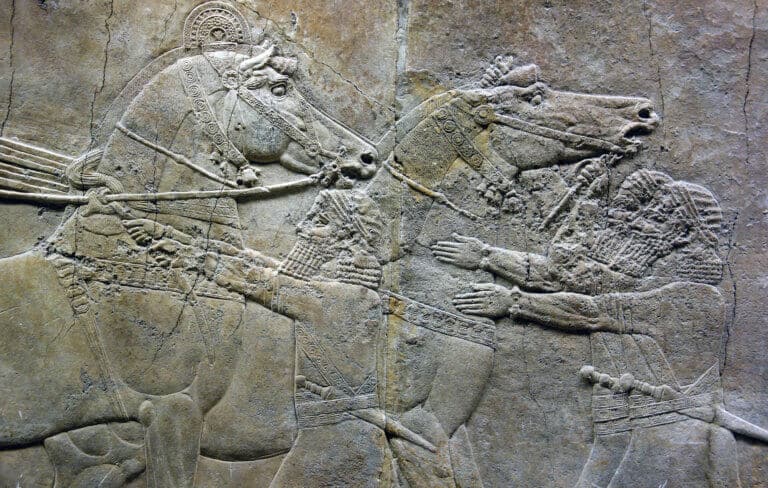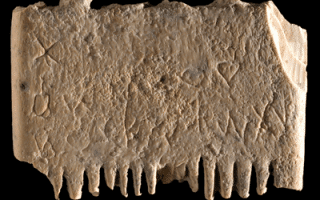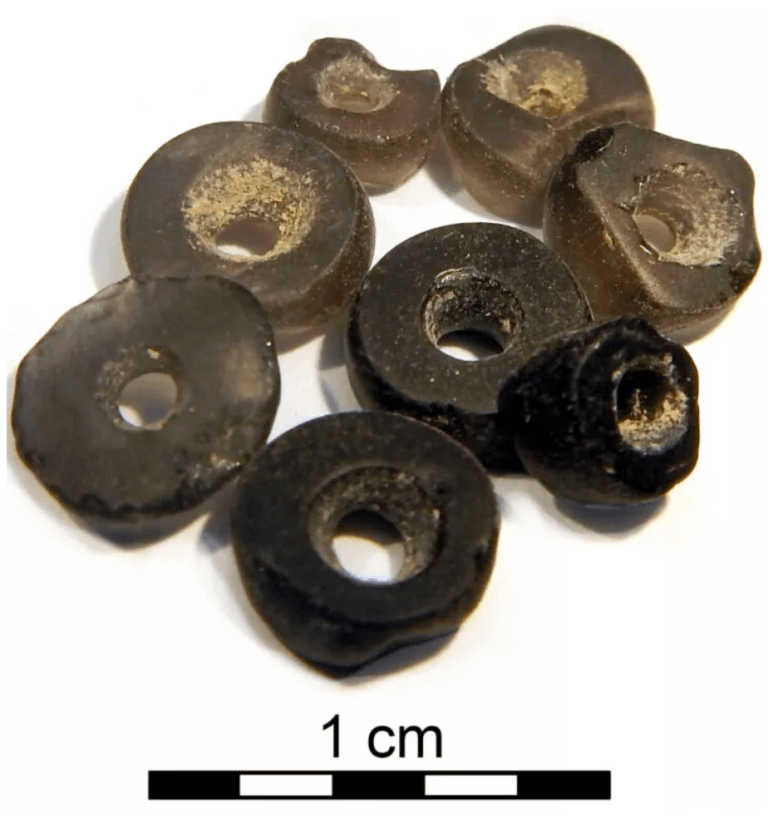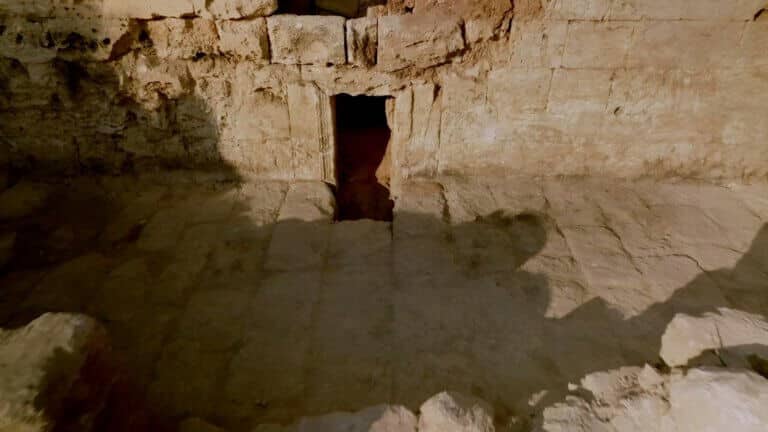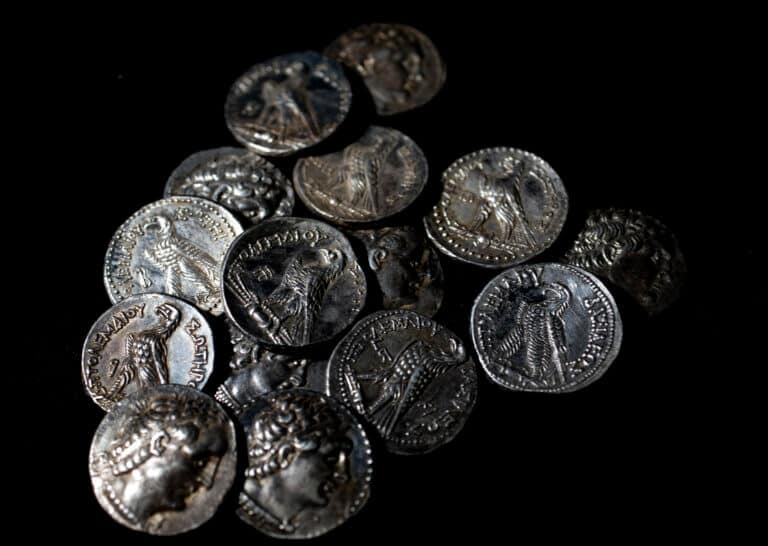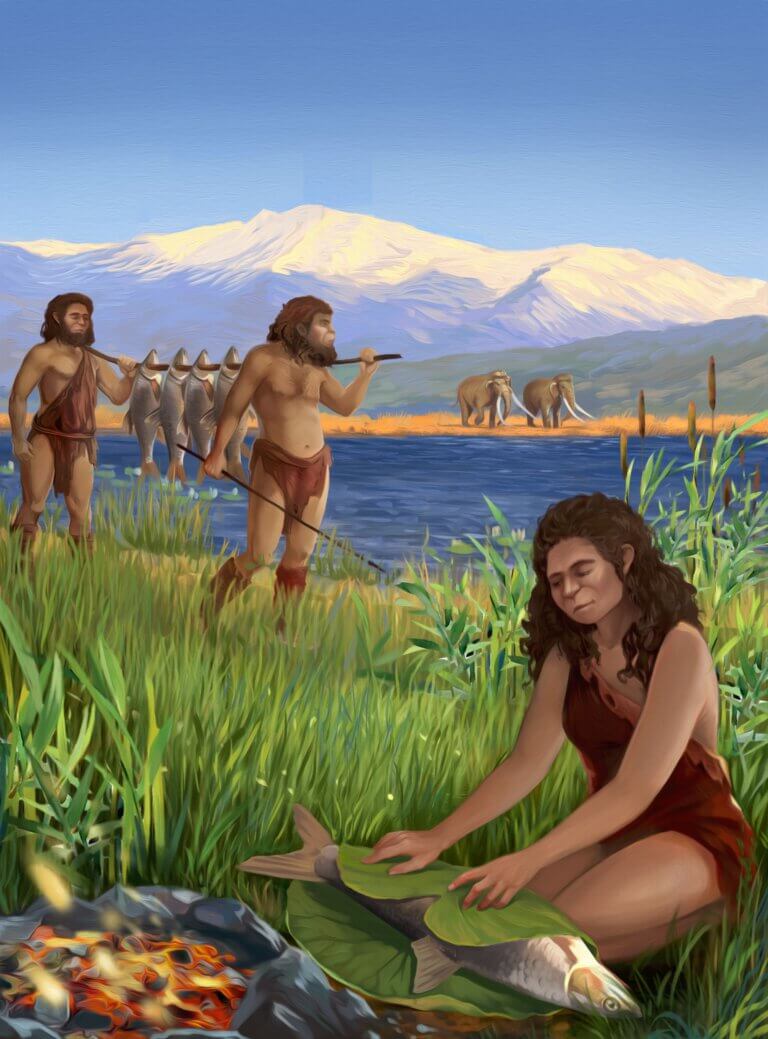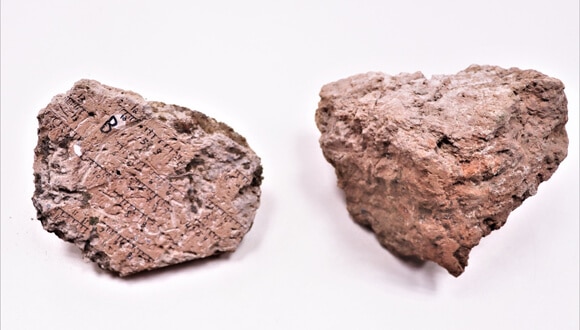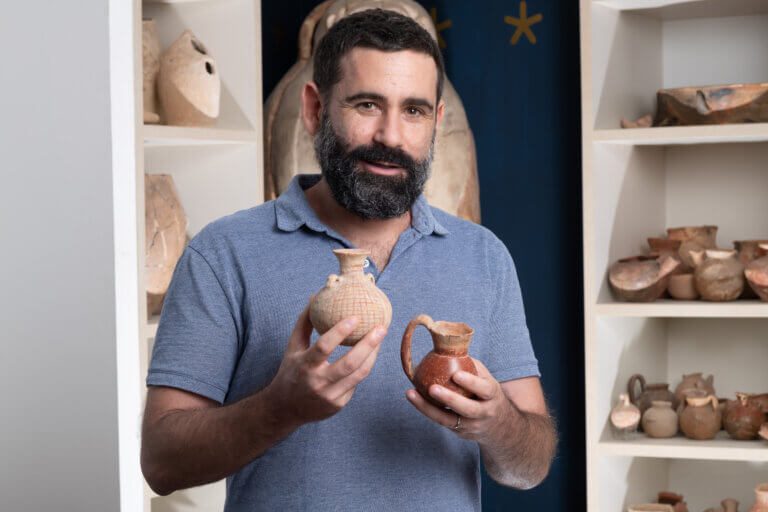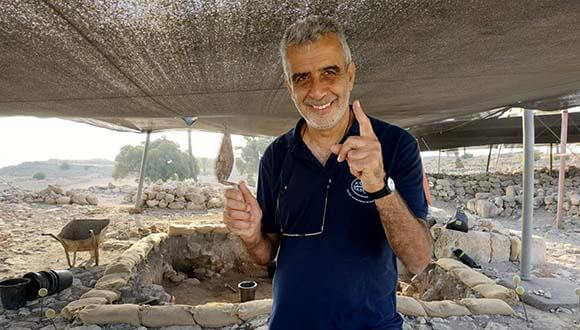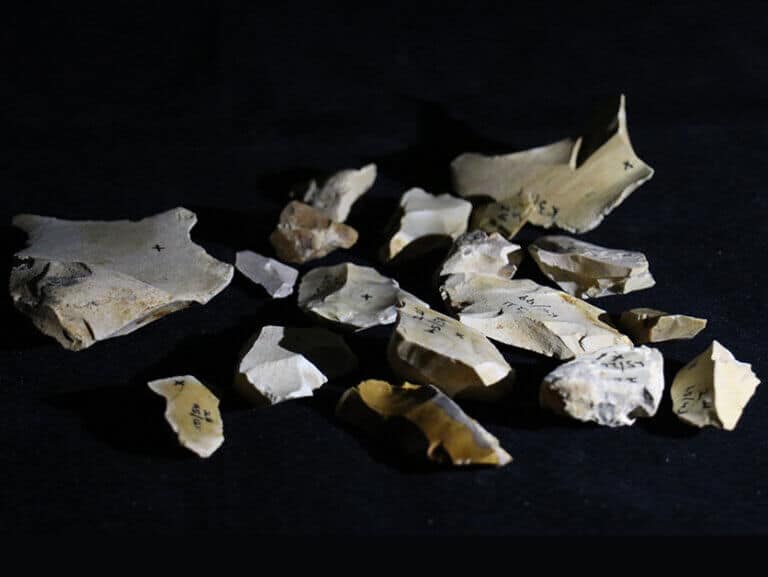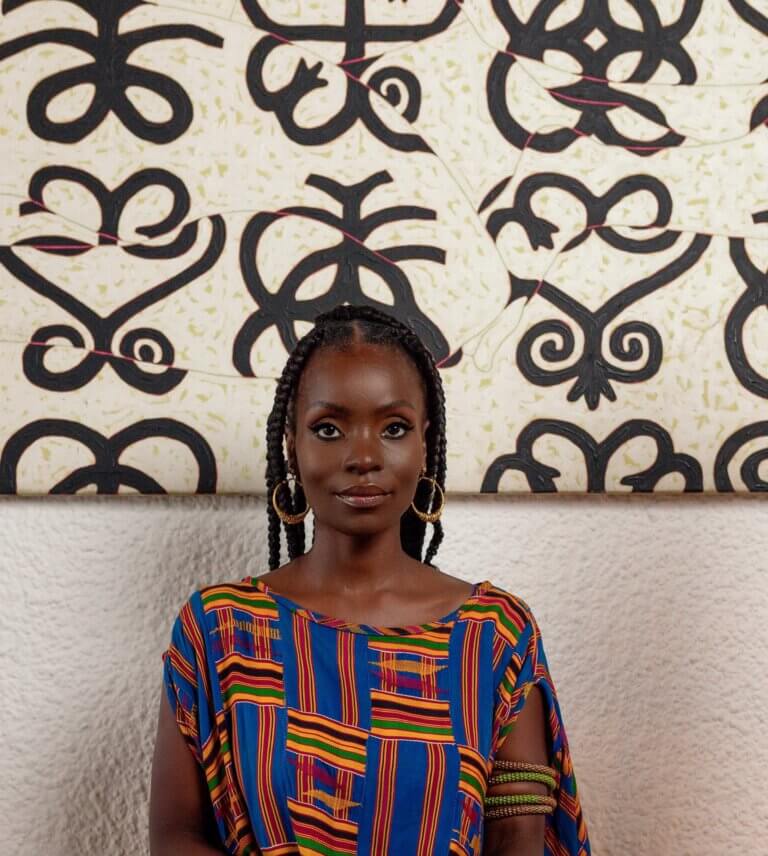Hayadan > Archeology > Page 2
Archeology
- Bar-Ilan University
- April 24, 2023
The system from the tenth century AD, in the Islamic period is the first significant development of agriculture in the sand in human history
- The Hebrew University
- April 14, 2023
- 9 תגובות
A Shebaite inscription was deciphered on a clay urn that contained incense and was discovered less than 300 meters from the site of the temple as part of the Ofel excavations in Jerusalem. The inscription on the urn indicates a connection between King Solomon's Israel and the kingdom of Sheba which was in the territory of today's Yemen
- Avi Blizovsky
- April 2, 2023
- 6 תגובות
Already in 2016, the measurements gave reason to assume the existence of a hidden space near the Chevron stones above the entrance. Now scientists from the Technical University of Munich (TUM) have used ultrasound endoscopy to make an important contribution to confirming this assumption.
- The Voice of Science website - the Israel National Science Foundation
- March 30, 2023
Complete human skeletons may testify to the existence of different human groups in the Land of Israel 100,000 years ago and more
- Israel Antiquities Authority Archeology
- March 30, 2023
- No comments
The hook, which appears to have been used for hunting sharks, was discovered in the excavations of the Israel Antiquities Authority before the establishment of the Agami neighborhood in Ashkelon * The unique find will be presented for the first time at the 48th Archaeological Congress, in the organization of the Israel Antiquities Authority, the Society for the Exploration of Israel and its Antiquities, and the Israel Archaeological Society
- Avi Blizovsky
- March 19, 2023
- No comments
Beginning 4,500 years ago, three very different Tibetan populations occupied the northeastern, south-central, and southern and southwestern regions of the plateau, but they carry a common gene that allows them to function in high, low-oxygen areas. This gene may have come from Denisovan man
- Israel Antiquities Authority Archeology
- March 3, 2023
- 5 תגובות
The 2500-year-old pottery on which the inscription was engraved in Aramaic script was discovered by travelers by chance in Tel Lakish National Park * It seems that this is a "note" to confirm the delivery or receipt of goods * The rare ostracon was studied by Sa'ar Ganor from the Antiquities Authority and Dr. Hagai Meshgav from the Hebrew University of Jerusalem , and their research will be published in the journal "Antiquities"
- Avi Blizovsky
- March 2, 2023
- No comments
An international study published in the journal Science, in which researchers from several institutions in Israel also participated, sheds light on the origin of the grapevine for food and wine, and proves that the grapevine was simultaneously domesticated in the Levant and secondarily in the South Caucasus * The research will also help agricultural crops deal with the current climate crisis
- The Voice of Science website - the Israel National Science Foundation
- February 15, 2023
Researchers have discovered that the ancient man who lived at the site of the Benat Ya'akov Bridge preferred to use certain types of flint and basalt rocks for chiseling his tools and made an effort to bring them to the site
- Israel Antiquities Authority Archeology
- January 26, 2023
- No comments
The new parts of the defense system on the walls of Old Jerusalem against Crusader attacks were discovered during archaeological excavations by the Antiquities Authority on Sultan Suleiman Street, prior to the laying of infrastructure at the initiative of the Jerusalem Municipality through the Moriah Jerusalem Development Company
- Israel Antiquities Authority Archeology
- January 19, 2023
- One response
Cotton fabrics and silk fabrics originating in India and China from about 1,300 years ago found in the Arabah testify to ancient trade from the Far East, through the Land of Israel and Europe
- Science site The Conversation
- December 27, 2022
- 13 תגובות
- The Hebrew University
- December 26, 2022
- 11 תגובות
Hebrew University researchers have uncovered a rare archaeological find from the Middle Canaanite period. This is the first complete sentence found and written in the alphabet.
- Haifa University
- December 25, 2022
- No comments
The cotton fibers found at Tel Tsef predate the evidence found so far by several hundred years and they probably arrived at Tel Tsef from the Indus Valley region, present-day Pakistan, from a distance of thousands of kilometers
- Israel Antiquities Authority Archeology
- December 21, 2022
- No comments
The courtyard was uncovered as part of the 'Road of the Kings of Judah' project led by the Antiquities Authority, the Jerusalem Ministry and Heritage, and the Kimat Israel Fund * Evidence of the sanctification of the place over hundreds of years was uncovered at the site, indicating the burial of a significant figure who belonged to an affluent family in the Second Temple
- Israel Antiquities Authority Archeology
- December 14, 2022
- 3 תגובות
In an excavation in a cave in the Nahal Darga Reserve, a rare treasure was discovered - a wooden box containing 15 silver coins from the time of King Antiochus IV *It seems that the person who buried the box in the cave fled to it, hoping to collect his property at the end of the rebellion
- The Hebrew University
- December 5, 2022
- No comments
The study, published this week in the prestigious journal CELL, analyzed DNA from 33 members of the Jewish community who were buried in the 14th century in the city of Erfurt in Germany. Prof. Shai Karmi from the Hebrew University, the leader of the study, found that there was a genetic sequence between the Ashkenazi Jews from the Middle Ages to the present day
- Avi Blizovsky
- November 18, 2022
- 9 תגובות
One of these galaxies is observed as it appeared about 300 million years after the Big Bang and shines much brighter than expected. This figure now makes researchers estimate that the first galaxies were formed 100 million years after the Big Bang. "It's like an archaeological dig, when you suddenly find a lost city or something you didn't know about," said one of the researchers
- The Hebrew University
- November 15, 2022
- 3 תגובות
This is the earliest evidence of self-initiated cooking with fire. A global breakthrough by the Hebrew Universities, Bar Ilan and Tel Aviv in collaboration with Oranim College and the Sea and Lake Research Institute
- Tel Aviv University
- November 3, 2022
A multidisciplinary study was able to date 21 layers of destruction at 17 archaeological sites in the State of Israel, with the help of measuring the direction and strength of the Earth's magnetic field, as they were "recorded" at the time the sites were burned, and to examine how much the biblical stories about the Egyptian, Aramaic, and Assyrian conquest campaigns And the Babylonians against the kingdoms of Judah and Israel were accurate
- Tel Aviv University
- June 30, 2022
- 3 תגובות
Prof. Erez Ben Yosef from the Department of Archeology at Tel Aviv University in a fascinating description of the elite's fashion in the tenth century BC, during the reigns of David and Solomon * from Tel Aviv University's Tel Aviv 360 podcast series
- Tel Aviv University
- June 20, 2022
- 3 תגובות
Prof. Israel Finkelstein from the Department of Archeology at Tel Aviv University takes us into the wonderful journey following the story of the wanderings of the Ark of the Covenant in 360 Samuel and XNUMX Samuel. How the Ark of the Covenant was moved from Shiloh to the Philistine captivity in Ashdod and from there to Kiryat Yaarim in Israel and finally to Jerusalem, the capital of Judah. Who were the writers who wrote the story, when did they write and what was their purpose? From the Tel Aviv XNUMX podcast series of Tel Aviv University
- Bar-Ilan University
- June 19, 2022
- Weizmann Institute
- June 14, 2022
The findings obtained through an innovative method based on artificial intelligence are some of the earliest evidence of the use of fire in Israel and in the world
- Avi Blizovsky
- March 2, 2022
- 2 תגובות
Each of them will receive an award of $300,000 for achievements in researching the past and as support for their future work * An additional $300 was allocated to a new international post-doc program for history subjects at Tel Aviv University * The ceremony - at Tel Aviv University in May

